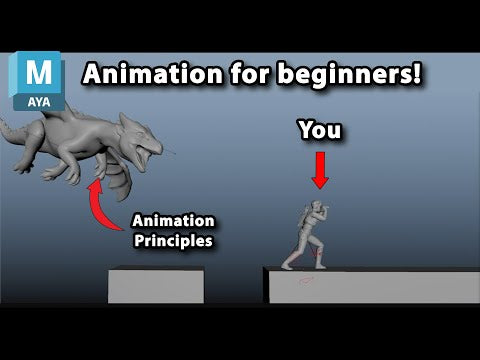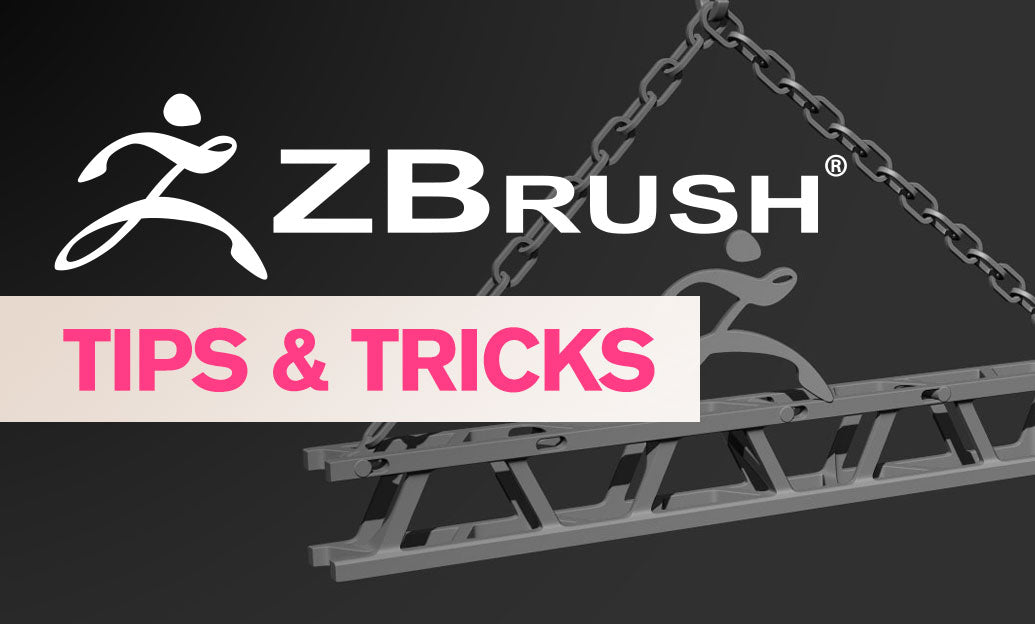Your Cart is Empty
Customer Testimonials
-
"Great customer service. The folks at Novedge were super helpful in navigating a somewhat complicated order including software upgrades and serial numbers in various stages of inactivity. They were friendly and helpful throughout the process.."
Ruben Ruckmark
"Quick & very helpful. We have been using Novedge for years and are very happy with their quick service when we need to make a purchase and excellent support resolving any issues."
Will Woodson
"Scott is the best. He reminds me about subscriptions dates, guides me in the correct direction for updates. He always responds promptly to me. He is literally the reason I continue to work with Novedge and will do so in the future."
Edward Mchugh
"Calvin Lok is “the man”. After my purchase of Sketchup 2021, he called me and provided step-by-step instructions to ease me through difficulties I was having with the setup of my new software."
Mike Borzage
Design Software History: Evolution of Design Software in Precision and Creativity of Jewelry Making
August 04, 2024 3 min read


I. Introduction
Jewelry design has evolved dramatically over the centuries, transitioning from a purely handcrafted art to one that leverages advanced digital technologies. This transformation has significantly enhanced the precision and intricacy of jewelry designs, fundamentally altering how pieces are conceptualized and produced.
Modern jewelry making heavily relies on design software to enhance both creativity and accuracy. By streamlining the production process, these tools have enabled designers to push the boundaries of what is possible in jewelry artistry.
II. Early Adoption of CAD in Jewelry Design
A. Initial Hesitations and Challenges
When Computer-Aided Design (CAD) technology was first introduced to the jewelry industry, it was met with significant skepticism. Traditional jewelers, who prided themselves on their handcrafting skills, were hesitant to adopt a new approach that seemed to undermine their artisanal expertise. Additionally, the initial cost and technological requirements posed economic barriers that further slowed the adoption of CAD tools.
B. Pioneering Software and Early Adopters
Despite these challenges, early pioneering software such as CorelDRAW and AutoCAD began to make inroads into the jewelry industry. These tools offered unprecedented precision and flexibility, allowing designers to create more complex and detailed designs than ever before. Early adopters and innovators played a crucial role in demonstrating the potential of CAD software to revolutionize jewelry design, paving the way for broader acceptance and integration within the industry.
III. Modern CAD Software and Techniques
A. Key Software Tools
Today, several advanced CAD tools have become essential in the jewelry design process. Among the most prominent are:
- MatrixGold by Gemvision: Known for its robust parametric modeling capabilities and user-friendly interface.
- RhinoGold: Evolved from the popular Rhino software, it offers extensive design features specifically tailored for jewelers.
- 3Design by Vision Numeric: Renowned for its powerful 3D rendering capabilities and intuitive design environment.
B. Advanced Features and Capabilities
Modern CAD software offers a plethora of advanced features that facilitate intricate jewelry designs. Some of the most notable capabilities include:
- Parametric modeling and customization: Allowing designers to easily alter design parameters and create multiple variations of a piece.
- Integration with 3D printing: Enabling rapid prototyping and production, significantly reducing the time and cost associated with traditional methods.
- Simulation of physical properties: Providing accurate predictions of how a piece will look and behave in real life, including gemstone settings and material properties.
IV. Impact on the Jewelry Industry
A. Democratization of Design
The widespread availability of advanced design tools has democratized the jewelry industry, making it accessible to independent designers and small businesses. Online platforms have further expanded this reach, enabling designers to showcase their creations to a global audience and compete with established brands.
B. Enhancements in Production and Customization
The integration of 3D printing technology has revolutionized jewelry production, allowing for faster and more cost-effective manufacturing processes. This has been particularly beneficial for custom orders, as designers can quickly produce prototypes and final pieces that meet the specific preferences of individual customers.
C. Case Studies and Key Players
Several companies and individuals have played pivotal roles in revolutionizing jewelry design through the adoption of CAD tools. Influential brands like David Yurman and Tiffany & Co. have leveraged these technologies to push the boundaries of jewelry artistry. Notable figures such as Frank Cooper and Jack Meyer have also made significant contributions to the industry, showcasing the transformative potential of design software.
V. Conclusion
A. Reflection on the Transformation of the Jewelry Industry
In summary, the adoption of design software has fundamentally transformed the jewelry industry. By enhancing precision, creativity, and efficiency, these tools have opened up new possibilities for designers and manufacturers alike. The ongoing advancements in technology promise to further drive innovation and shape the future of jewelry making.
B. Final Thoughts
In a rapidly evolving industry, it is crucial for traditional artisans to embrace these advances and integrate them into their practices. By doing so, they can continue to innovate and meet the ever-changing demands of consumers, ensuring the longevity and vitality of their craft.
Also in Design News

Animation for Beginners - Part 2: 12 Animation Principles you NEED to know
January 14, 2025 1 min read
Read More
ZBrush Tip: Enhancing 3D Model Precision with ZBrush's TrimCurve Tool
January 14, 2025 2 min read
Read More
Revit Tip: Utilizing Design Phases to Enhance Revit Project Efficiency and Collaboration
January 14, 2025 1 min read
Read MoreSubscribe
Sign up to get the latest on sales, new releases and more …


